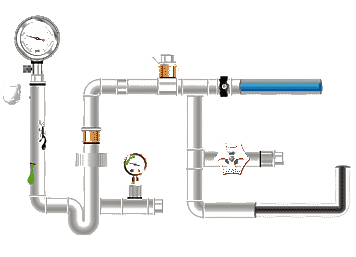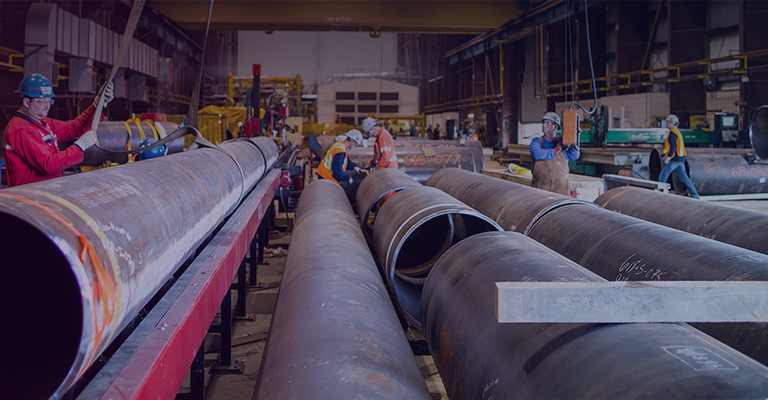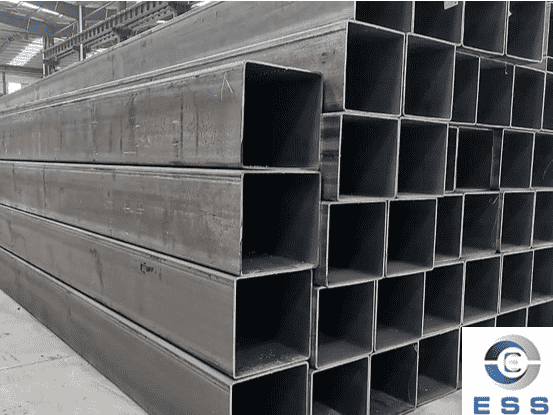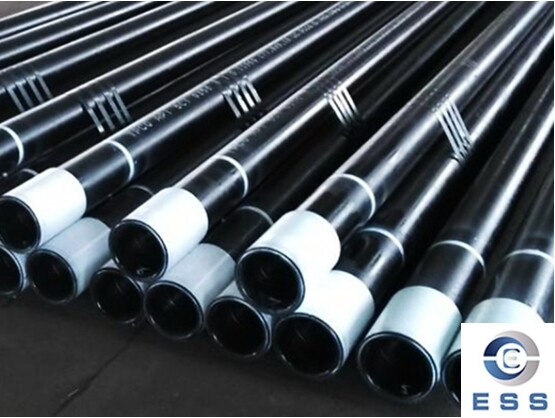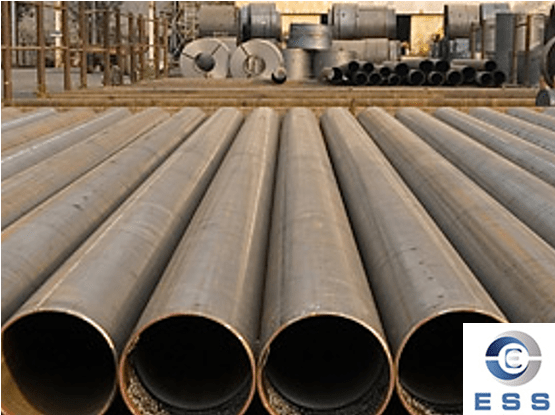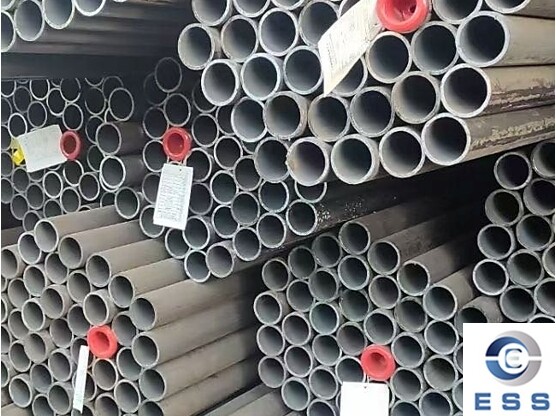
Hydraulic
tubes are an important part of the hydraulic system and are used to
transmit hydraulic oil or other liquid media. In practical applications, there
are many ways to connect hydraulic tubes, among which welding is a common
choice. Through welding, a firm connection between pipes can be achieved to
ensure the normal operation of the hydraulic system. In many industrial fields,
involving the manufacture and application of seamless
pipes and carbon
steel pipes, hydraulic tube welding technology is particularly important.
Welding methods for hydraulic tubes
1. Argon arc welding
Argon arc welding, also known as TIG
welding, is a high-quality welding method. It uses inert gas argon as a
shielding gas to prevent the welding area from being oxidized. This method is
suitable for hydraulic tubes of various thicknesses, especially thin-walled
pipes.
During the welding process, the cleanliness
of the weld should be ensured to avoid the generation of slag inclusions and
pores.
2. MIG welding
MIG welding is a semi-automatic gas
shielded welding method. Compared with argon arc welding, MIG welding is more
suitable for welding thicker hydraulic tubes. It uses inert gas (such as argon
or carbon dioxide) as a shielding gas and feeds the welding wire into the
welding area through a wire feeding mechanism. MIG welding is often used in the
welding of supporting hydraulic tubes for some large drill pipes and octg pipes.
During the welding process, a stable
welding speed and current should be maintained to ensure the uniformity and
strength of the weld.
3. Flame welding
Flame welding is a traditional thermal
welding method suitable for welding thicker hydraulic tubes. However, this
method requires higher skills and experience because the control of welding
temperature is crucial.
Too high a temperature may cause thermal
deformation or damage to the pipe, while too low a temperature may cause the
weld to not be fused. Therefore, when using flame welding, special attention
should be paid to controlling the welding temperature.
4. Resistance welding
Resistance welding is a method of welding
by generating heat through the surface of the workpiece by passing an electric
current through it. This method is suitable for welding thinner hydraulic tubes
because it can generate a lot of heat in a short time, thereby achieving rapid
welding.
During the resistance welding process, it
should be ensured that the contact between the workpieces is good so that the
current can pass smoothly and generate enough heat.
Specific steps for hydraulic tube
welding
1. Determine the pipeline preparation;
2. Select appropriate welding materials and
methods;
3. Perform pre-welding preparations,
including pipeline cleaning, cutting, heating and accurate alignment;
4. Start welding, pay attention to
controlling the welding temperature and time;
5. After welding is completed, perform
quality inspections, such as flaw detection, pressure testing, etc.
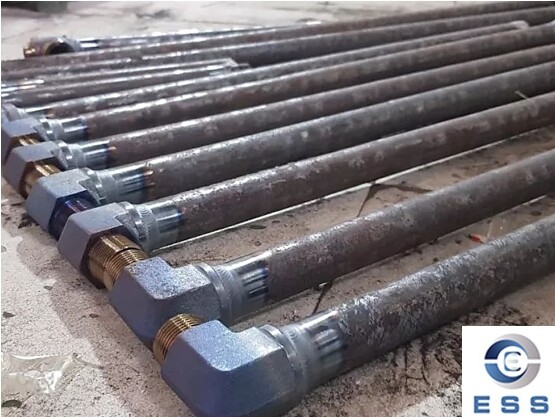
Precautions for hydraulic tube welding
1. Ensure that the inside and outside of
the pipeline are clean before welding, especially the inside;
2. Ensure that the pipeline is in the
correct position during welding and that the welding position is not disturbed
by external forces;
3. Ensure that appropriate welding
materials and methods are selected;
4. Carefully observe the changes during
welding to ensure the stability of the weld;
5. Control the welding temperature and time
to avoid deformation or cracks of the pipeline;
6. After welding is completed, ensure that
the weld is fully free of pores and inclusions, and perform necessary quality
inspections.
It is worth noting that hydraulic tubes
with smaller diameters can be connected by welding, but hydraulic tubes with
larger diameters are generally connected by pipe flanges or
ferrules.
Welding skills
1. Heat the pipe before welding to prevent
the pipe from being ruptured by thermal stress;
2. Ensure that the welding surface is
smooth and avoid oxidation or corrosion;
3. Avoid too many welding areas to avoid
causing too much impact on the pipe;
4. Do not weld if large defects, potholes
and undetectable internal impurities are found in the pipe;
5. When welding the pipe, be careful not to
let the welding line pass through sensitive areas to avoid affecting the use of
the pipe.
Summary
Hydraulic tube welding is a commonly used
processing method in hydraulic systems. Using appropriate welding materials and
methods, and paying attention to prior preparation and welding skills can
ensure the quality and reliability of welding. For the selection of hydraulic
tubes and the connection method of the pipes, it is also necessary to make
reasonable choices according to the actual situation to improve the use effect
and safety of the hydraulic system.
Read more: Joint Models of American Seamless Hydraulic Piping or Pickling treatment process of hydraulic system pipeline









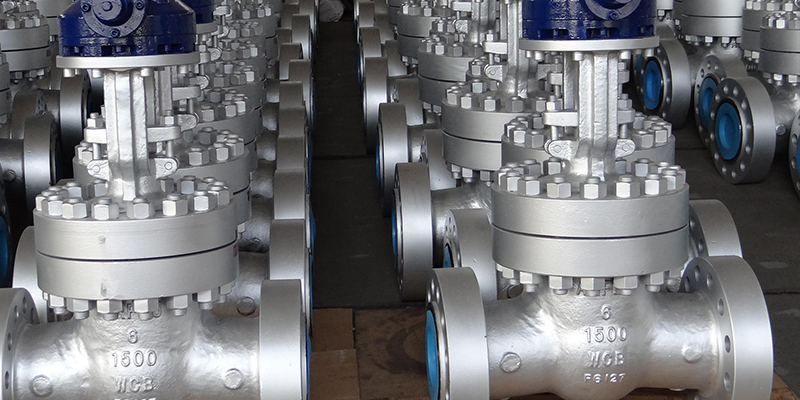
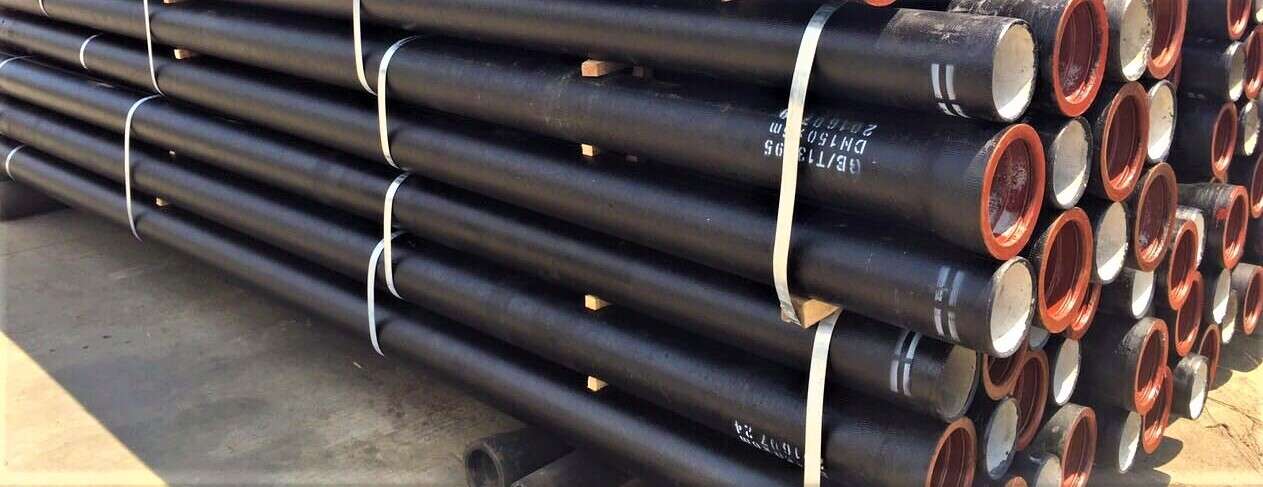


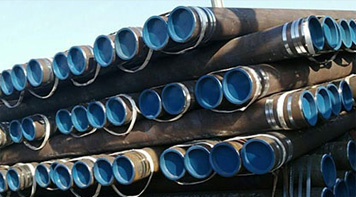 Eastern Steel Manufacturing Co.,Ltd not only improve product production and sales services, but also provide additional value-added services. As long as you need, we can complete your specific needs together.
Eastern Steel Manufacturing Co.,Ltd not only improve product production and sales services, but also provide additional value-added services. As long as you need, we can complete your specific needs together.
